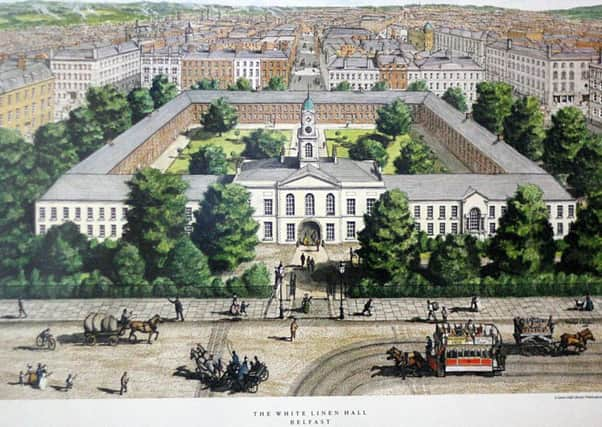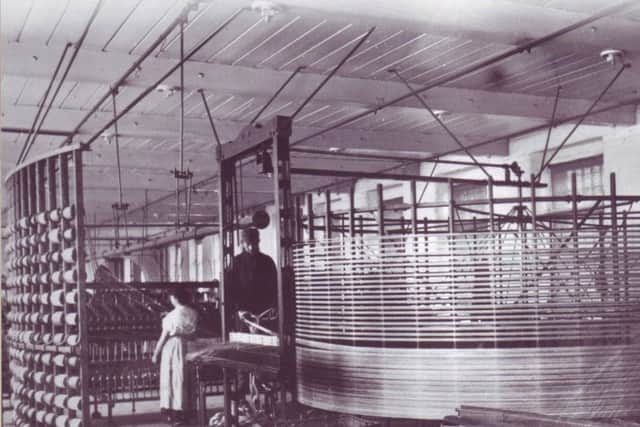James Dingley: Industry flourished after the Reformation


Industry is the appliance of science, both as a scientific approach to managing and manufacturing and in conceiving and designing the goods to be manufactured.
And just as early science mostly flourished in Reformation countries so too did industry – the Protestant Work Ethic.
Advertisement
Hide AdAdvertisement
Hide AdThis ‘ethic’ was not just about hard work, but working scientifically, i.e. rationally efficient to maximise production, not for self-aggrandisement but for God. In maximising production one was profitably using ones time on God’s earth by multiplying the fruits of it for His glory.


Subordination to tradition and mystical authority (the Papacy) denied the right and opportunity break free to maximise efficiency and God’s work, based on rational, scientific production and wealth creation. Consequently, those who supported new scientific methods saw themselves as morally legitimate. Equal to, if not better than the old order of Kings and Popes that resisted science and were rooted in the old static, rural, mystical medieval order. The new industrialist was born, driving, thrusting, impatient for change and vastly improving the wealth and well-being of society.
Nearly all of these industrialist were Protestant, especially Dissenters and non-conformists. In addition, they quite consciously married industry, science and religion, learning God’s laws and applying them productively to the glory of God and the betterment of their fellow men (the community as a whole benefitted).
Further, they directly associated their economic and scientific activity with calls for social and political change, denying that God had created any specific socio-economic and political order that could hold back industrial development. Just as they studied their Bibles, science books and work ledgers so they studied government, economics and society, seeking better, more scientific (hence efficient) ways to order the world we live in.
Advertisement
Hide AdAdvertisement
Hide AdOnce again, this was a direct challenge to a Papacy rooted in the medieval order that resisted change and idealised the traditional, rural, peasant world, where the Church was the centre of all local and pan-European political and other activity.


Self-made (Bible-reading) men, who had proven their ability to change the world for the betterment of mankind and break the bonds of traditional servitude created a challenge to Papal authority it rarely attempted to answer, just resist.
Industry, the appliance of science, exemplified the ability to change and improve God’s world, not passively submit to ordained orders. Industry freed men from traditional constraints, poverty and want, the miserable lives Hobbes noted – ‘poor, lonely, nasty, brutish and short’ - in the 17th century.
• Dr James Dingley is an academic and chair of the Francis Hutcheson Institute. He has published on conflict analysis and nationalism and is author of ‘The IRA: the Irish Republican Army’
• Other parts in series:
Advertisement
Hide AdAdvertisement
Hide Ad

PART FOUR (July 12): The Reformation boosted science and economic success
PART TWO (May 4): Papacy opposed the democracy that arose from the Reformation
PART ONE (April 13): The Reformation ushered in liberal democracy, science and industry